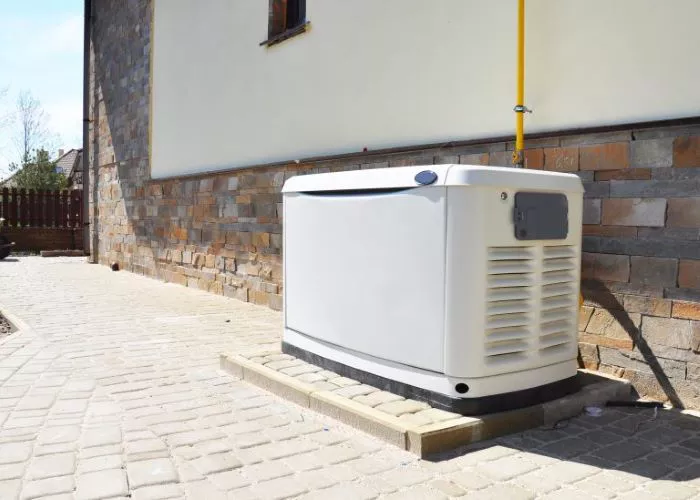Power outages can happen unexpectedly due to storms, grid failures, or other emergencies. A portable generator can keep essential appliances running until normal power is restored. However, using a generator incorrectly can be dangerous. This guide explains how to safely and efficiently power your home with a portable generator, covering electrical basics, setup steps, and safety precautions.
Understanding Portable Generators
How a Portable Generator Works
A portable generator converts mechanical energy (from gasoline, propane, or diesel) into electrical energy. It produces alternating current (AC) power, similar to your home’s electrical system. Most portable generators provide 120V or 240V output, with power capacities ranging from 2,000 to 10,000 watts.
Key Components
Engine: Powers the generator (usually gasoline or propane).
Alternator: Converts mechanical energy into electricity.
Outlets: Provide power for appliances (standard 120V or heavy-duty 240V).
Circuit Breakers: CProtect against overloads.
Fuel Tank: Stores gasoline, propane, or diesel.
Choosing the Right Generator
Calculating Your Power Needs
Before buying a generator, determine how much power you need. Follow these steps:
List Essential Appliances: Include refrigerators, lights, medical devices, and heating/cooling systems.
Check Wattage Requirements: Find the starting (surge) and running watts for each device.
Add Up Total Wattage: Ensure the generator can handle the combined load.
Example:
Refrigerator: 800W running, 1,200W starting
Lights: 100W total
Sump pump: 1,000W running, 2,000W starting
Total Required: At least 3,300W to start all devices.
Types of Portable Generators
Conventional Generators: Affordable but louder, best for short-term use.
Inverter Generators: Quieter, fuel-efficient, ideal for sensitive electronics.
Dual-Fuel Generators: Can run on gasoline or propane for flexibility.
Safe Generator Setup
Location and Ventilation
Outdoors Only: Never run a generator inside—carbon monoxide poisoning is deadly.
Dry, Level Surface: Prevent tipping and electrical hazards.
Away from Windows/Vents: Keep exhaust fumes from entering the home.
Connecting to Your Home’s Electrical System
Extension Cords
- Use heavy-duty, outdoor-rated cords.
- Plug appliances directly into the generator.
- Avoid overloading circuits.
Transfer Switch (Recommended)
- A transfer switch safely connects the generator to your home’s wiring.
- Prevents backfeeding (sending power back to the grid, which can electrocute utility workers).
- Requires professional installation.
Grounding the Generator
- Some generators need grounding (check the manual).
- Drive a copper grounding rod into the earth and connect it to the generator’s grounding terminal.
Operating the Generator
Starting the Generator
- Check oil and fuel levels.
- Turn off all connected appliances.
- Start the generator (follow manufacturer instructions).
- Let it stabilize before plugging in devices.
Managing Power Load
- Prioritize essential appliances.
- Avoid overloading—monitor wattage usage.
- Turn off the generator before refueling.
Maintenance Tips
Regular Oil Changes: Follow the manufacturer’s schedule.
Clean Air Filters: Dirty filters reduce efficiency.
Fuel Stabilizer: Prevents gasoline degradation.
Test Runs: Run the generator monthly to ensure reliability.
Safety Precautions
Carbon Monoxide Detectors: Install battery-powered detectors in your home.
Fire Safety: Keep flammable materials away.
Wet Conditions: Use a generator cover but ensure proper ventilation.
Child and Pet Safety: Keep them away from the generator.
Conclusion
A portable generator is a valuable backup power source when used correctly. By understanding your power needs, setting up safely, and following maintenance tips, you can keep your home running during outages. Always prioritize safety to prevent accidents. By following this guide, you’ll be prepared for emergencies and ensure your household stays powered when it matters most.

